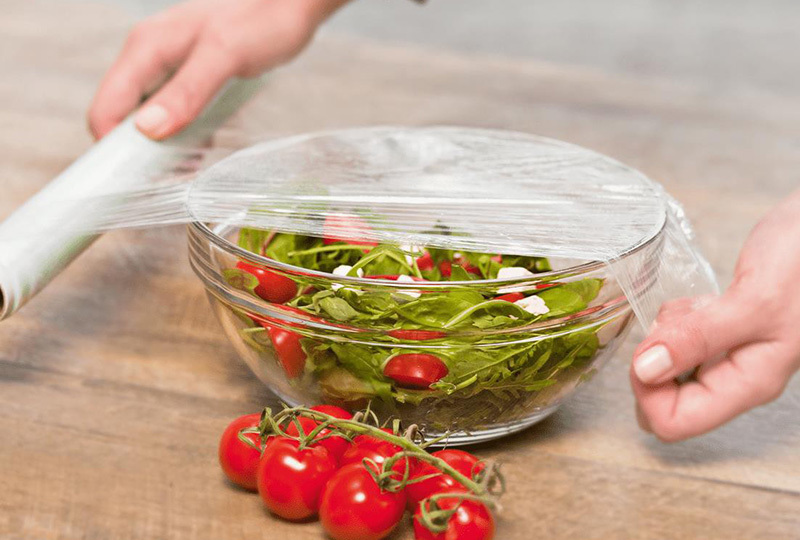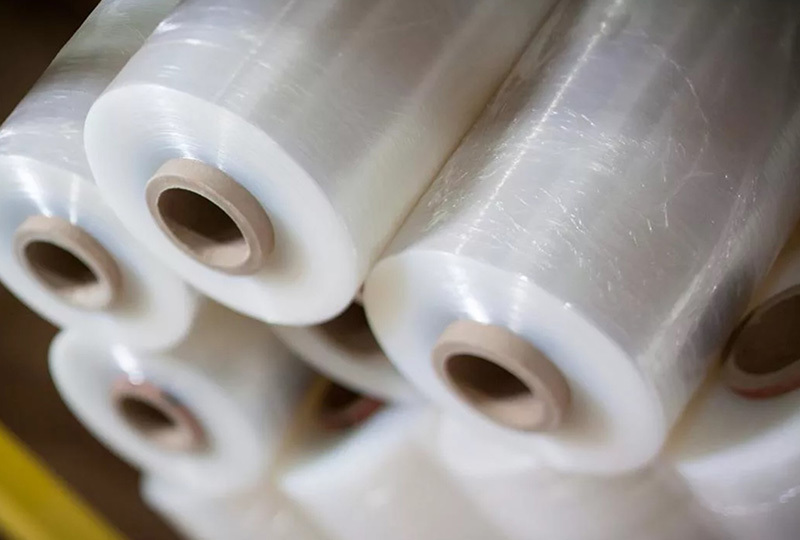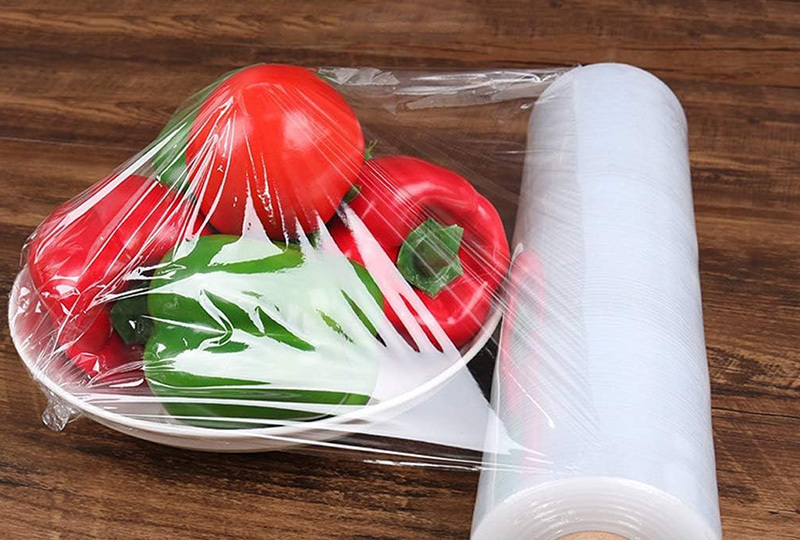Understanding Hand PVC Cling Film Factory Operations for Kitchen Essentials
Release time:
Jul 24,2025
The role of a hand PVC cling film factory is pivotal in the production of kitchen essentials that enhance food preservation and storage. PVC cling film, known for its versatility and effectiveness, is a staple in many households and commercial kitchens. Understanding the workings of these factories can provide valuable insights into the quality and functionality of the products they create. PVC cl
PVC cling film is made from polyvinyl chloride, a plastic material that is both flexible and durable. Hand PVC cling film factories are specialized facilities where sheets of this material are manufactured, processed, and packaged. The production process typically involves extrusion, where raw PVC is melted and shaped into thin sheets. These sheets are then treated to enhance their cling properties, making them perfect for wrapping food items.
One of the key advantages of hand PVC cling film is its ability to create an airtight seal around various food items. This property is crucial in preventing spoilage and maintaining freshness. In a hand PVC cling film factory, there are various quality control measures in place to ensure that the cling film produced meets industry standards. This includes testing for thickness, clarity, and cling strength, which are all essential parameters for effective food wrapping.
In addition to food preservation, PVC cling film is also used for a range of other applications in the kitchen. For instance, it can be utilized to cover bowls and dishes, keeping leftovers safe from contaminants and extending their shelf life. The versatility of cling film makes it an indispensable tool in meal preparation, whether for marinating meats or wrapping sandwiches.
Sustainability is another important consideration for modern hand PVC cling film factories. Many facilities are adopting eco-friendly practices, such as reducing waste and improving energy efficiency. While traditional PVC cling film is not biodegradable, some manufacturers are exploring alternative materials and production methods that minimize environmental impact. This shift not only benefits the planet but also appeals to environmentally conscious consumers.
When selecting cling film for kitchen use, it is advisable to consider factors such as the thickness and clarity of the film, as these influence its cling capability and overall performance. Customers should also be aware of the product’s compatibility with various food types, as some films may not be suitable for use in microwave ovens or with high-fat foods.
In conclusion, hand PVC cling film factories play a crucial role in supplying high-quality kitchen essentials that help preserve food and enhance convenience. By understanding the production processes and benefits of PVC cling film, consumers can make informed decisions about the products they use in their kitchens. As the industry evolves, focusing on sustainability and quality will remain key priorities for manufacturers and consumers alike.
Related News
What are the characteristics of PVC fresh-keeping film for food preservation
Can PVC plastic wrap be heated in a microwave oven?
What is the difference between PVC cling film and PE cling film
The choice of PVC cling film need to pay attention to what






